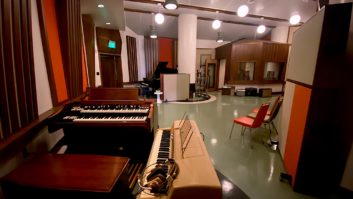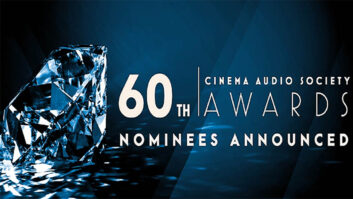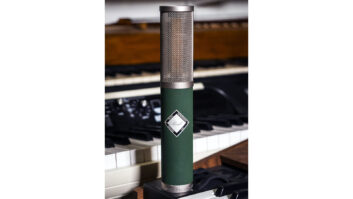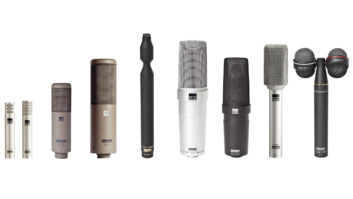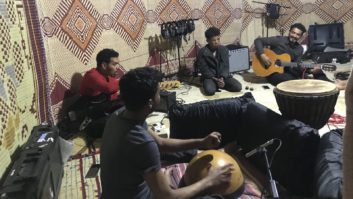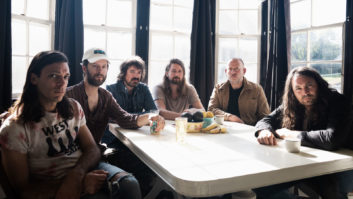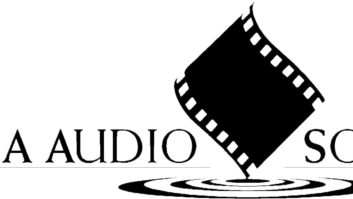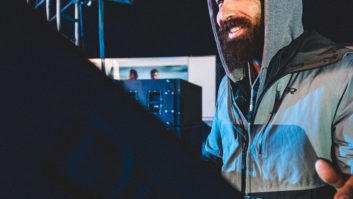On its latest album, Between the Devil and the Deep Blue Sea, Kentucky-based Black Stone Cherry continues to carve out its very own niche in a style that combines elements of Southern rock, heavy metal and just the right touch of bluegrass. For this album, Black Stone Cherry ventured outside its home base, opting to record in Los Angeles with heavyweight producer/engineers Howard Benson and Chris Lord-Alge. The result is a delicious sonic stew of 12 great songs featuring heavy guitars, charging lead vocals and an expansive, brilliant mix.
In early 2012, the band will be headlining a tour around the United States, and then in Europe, where the album has already hit number one in the U.K. rock charts. Pro Sound News sat down with guitarist Ben Wells and talked about the importance of creating tonal variety in the studio, as well as the band’s Southern heritage.
On Taking Time to Write:
For the new album, we took a long time off to write. On our last album, we spent three months writing, and this time, we came off the road and spent almost a year writing and recording. We really wanted to take the time to create the best songs we could and make a great record not only for our fans, but ourselves, too. Everyone was on the same page, and we just took our time. We decided to record it at Bay 7 Recording Studios in Los Angeles, which was a very cool and cozy environment. Bay 7 is also where John Fogerty recorded Centerfield.
On Producing and Mixing:
We ended up recording with a producer named Howard Benson. He is a very popular producer and has worked with Daughtry, Motorhead, some American Idol artists and plenty of other bands. He really understood where we were coming from as a band. So we packed up and went to Los Angeles and for the first time, ventured outside of our comfort zone. The first album had been recorded in our hometown in Kentucky, and the second was recorded in Nashville—so for us, this was pretty far away. It was cool, because it was just the four of us, and we had nobody to lean on.
We had Chris Lord-Alge mix it; he is one of the best rock mixers, in my opinion. He was really open to our suggestions, and we couldn’t be happier with the outcome. We told him that we wanted this record to sound heavy, but “big time” like an AC/DC record might sound. We didn’t want it to sound over-compressed, but we didn’t want it to be lightweight either. We wanted a lot of low end and wanted to make sure that guitars were crisp and in-your-face. It was almost a classic rock record in the sense that it ended up being very big-sounding. He nailed it, and it sounds just as I imagined it could sound.
On Getting Down to the Basics:
We tracked 17 songs and did the drums in two and a half days. We all played the songs together, about three or four times apiece, then we would move on to the next song. Once we got the drum tracks, we went and put guitar and bass on them. We actually put the bass on after the guitars, because with two guitar players, we really wanted to make sure that all the guitar tracks were really tight with one another. Also, we ended up adding guitar parts that weren’t there in rehearsals, so Jon [Lawhon] would just learn new parts as he went along. That kind of thing makes for good times in the studio. The whole record took a little over a month to do, and it went by really fast because we were really having fun.
On Tonal Variations :
For each song, Chris [Robertson] and I had two rhythm guitars apiece. I used a Fender Subsonic Telecaster—which is like a baritone Telecaster—and this went through a Peavey 5150 amplifier. Then I had a Gibson Les Paul going through either a Mesa Boogie or a Diesel amplifier, depending on the track. Chris played a Les Paul Standard through an old Marshall, and also used a Telecaster with Humbuckers through an Orange amp. For the clean sounds, we would go through either Fender Tweeds or Vox amps.
Chris and I always want to make our own individual sounds and then combine them. My sound has always been a little heavier with more gain than Chris, and his sound has typically been a little bit cleaner and broader than mine. We have established that we are two different people and two different guitar players.
We really hope people hear that on the album. On the amps, we used a Shure SM57 and a Sennheiser 906e. We used the Sennheiser on the first album as well, and now are using it live because we like it so much.
On Their Southern Heritage :
On the last track, we had mandolin, dobro and banjo. We are from Kentucky, so the whole country/bluegrass thing is still a big influence on us. People know we are Southern, so we wanted to show this a little bit on the album. We do appreciate and respect the heritage of the music we grew up listening to, and we wanted to spotlight that side of the band a little bit and say, “Hey, we can rock, but we can also do this whole country thing, too.” Chris and I both played the banjo, and I played the mandolin.
Overall, I am really happy with the outcome of the album, especially the rhythm guitars, because they sound so heavy and mean. I am also happy with the clean picking patterns. I’m a hard critic on myself when it comes to acoustic instruments, because I believe they have to be played with such finesse. I really want it to be clear.
